Is there an object in the universe that can go faster than the speed of light? I think there has been some research on this.

On the show Star Trek, Captain Kirk took the Enterprise into warp speed II. This meant the Enterprise was travelling faster than the speed of light. In reality, it is impossible for an object in this universe to travel that fast.
Light itself is massless. Since it doesn't have any mass, it can travel at, but not faster than the speed of light. Any object with mass (like you, your dog, or the Starship Enterprise) has to travel at speeds LESS than the speed of light.
About 25 years ago, scientists thought there might be particles that travel faster than the speed of light. These particles were called tachyons, derived from the Greek word for swift. No evidence of tachyons has been found. So it seems as if there is a
universal speed limit, the speed of light, which no object can exceed!
Submitted by Ina (Florida, USA)
(September 2, 1997)
You might also be interested in:
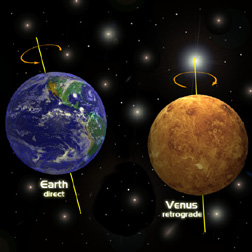
It depends on which type of motion you are asking about. If you take a birds-eye view from the top of the solar system all the planets orbit around the Sun in a counter-clockwise (or direct) direction.
...more
Almost everyone has a question or two about living in space. What do astronauts do in space? How do they do everyday things like eat, sleep and go to the bathroom? It's important to note that astronauts
...more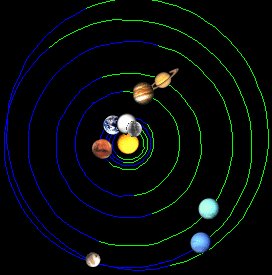
There is a really neat internet program called Solar System Live that shows the position of all of the planets and the Sun for any given day. If you go to that page, you'll see an image similar to the
...more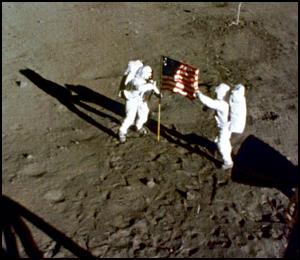
The picture of the American Flag (the one put there by the Apollo astronauts) is waving (or straight out) in the wind. How could that be possible if there is no atmosphere on the Moon? Was it some sort
...more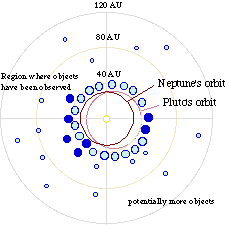
I was wondering if there is a new planet? Are there planets (a tenth planet?) after Pluto belonging to our solar system? What are the names of the new planets discovered in the solar system? Are there
...more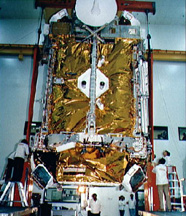
If that is so, the energy released during the Big Bang must have created many such black holes. Therefore most of the Energy of the Big bang must have disappeared in that form. Then how did the Universe
...more













